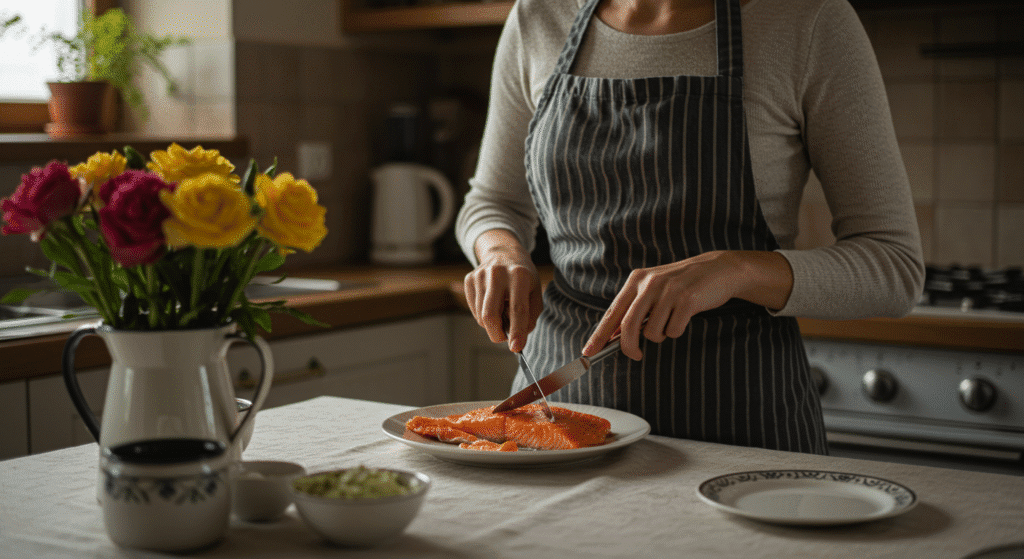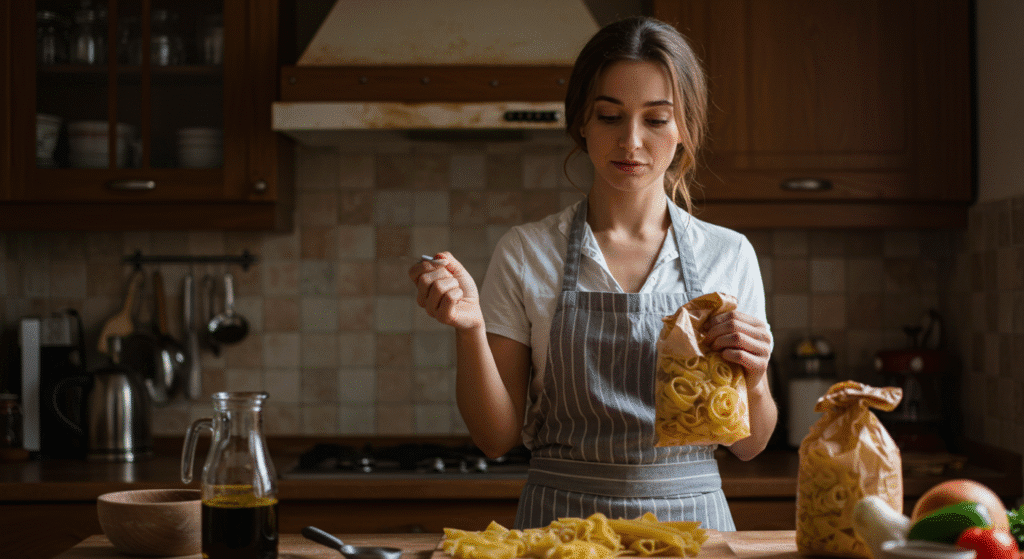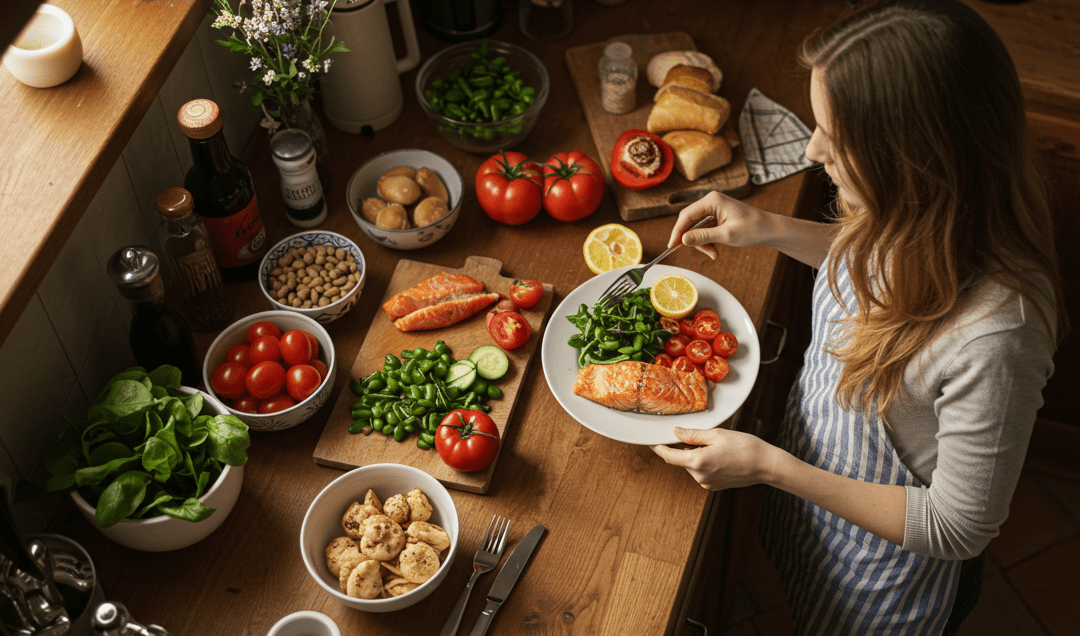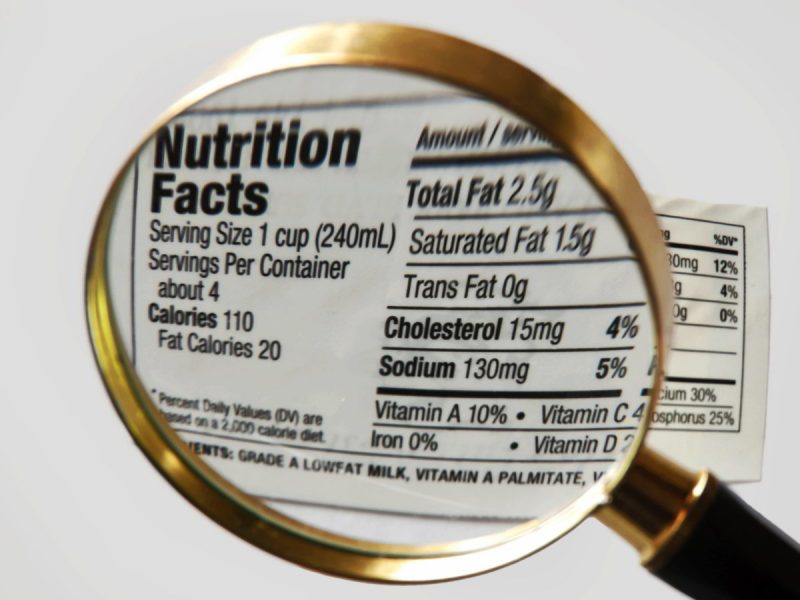No more guessing. Here’s how to master portion control and balance protein, veggies, carbs, fats, and even dessert using just your hands
In a world full of calorie trackers and serving size confusion, portion control often feels like a full-time job. But what many people don’t realise is that the best guide for portion control is something they already have with them: their hands.
Hand-based portioning is a simple, visual, and body-aware way to serve balanced meals. Since everyone’s hands are proportionate to their body size, using this method helps tailor portions more intuitively than a one-size-fits-all plan.
Protein: The Size of Your Palm (No Fingers)
Protein like grilled chicken, tofu, eggs, fish or salmon is needed in most meals. A great way to measure it is with the palm of one hand (excluding fingers) is the ideal portion size for protein per meal.
This amount generally equals 20–30 grams of protein—enough to support muscle maintenance, cell repair, hair strength, and keep hunger stable throughout the day.
For more active individuals or (those aiming to) for building muscle, this portion can be doubled—one palm per meal is a baseline, not a limit.

Vegetables: Two Cupped Hands
It is important to remember thatvegetables should always fill the largest space on the plate. Using both hands cupped together as a visual guide, this is the ideal portion for any vegetables like broccoli, zucchini, spinach, capsicum, kale, cucumber, and any other type of vegetable that you like.
Vegetables provide fiber, vitamins, antioxidants, and water content that support gut health, glowing skin, and long-lasting fullness. There’s virtually no upper limit here—adding more is always encouraged. It is important also to consider that eating all the colors of the rainbow would lead to more health benefits.
Carbohydrates: One Closed Fist
When it comes to carbs like brown rice, sweet potato, wholegrain pasta or legumes, one closed fist equals a standard serving size. This is enough to fuel the body with energy while avoiding the dreaded post-meal crash.
Athletes or active individuals might require more carbs, while individuals aiming to stabilize blood sugar or reduce inflammation may do better focusing on low-glycemic carbs. Low GI foods produce a slower, lower rise in blood sugar levels and help to prevent the glucose spikes.

Healthy Fats: One Thumb
Fats are essential—but they’re calorie-dense, so portion control matters. One thumb equals the perfect serving of nut butters, oils, seeds, or avocado per meal. Some of the benefits that come with consuming fats are: support hormone production, brain health, and skin hydration.
For example, a thumb-sized amount of olive oil drizzled on a salad, or the same amount of peanut butter on toast is just right.
Hydration and Beverages
Though not technically a food, water is essential for proper digestion and energy. Aim for at least 8 cups (2 liters) per day—more in hot weather or when exercising. Herbal teas, infused water, and mineral water also count toward this goal. Don’t enjoy drinking water? That’s fine you can also eat it. Watermelon, soups, lettuce, grapes are great replacements.
Having a balanced hydration not only helps with our skin but it also helps to regulate the body temperature, having good movement in joints and to prevent infections.

















